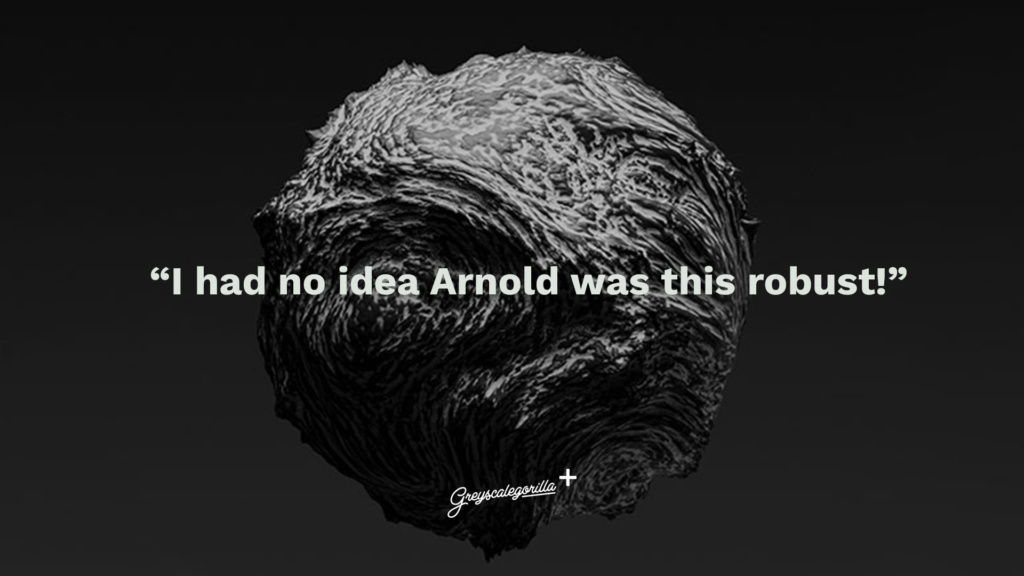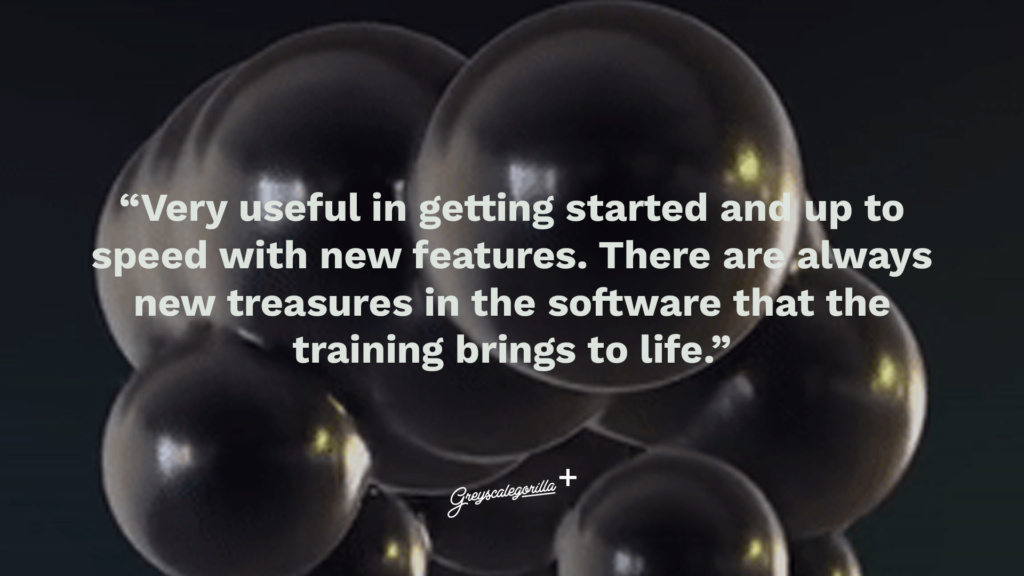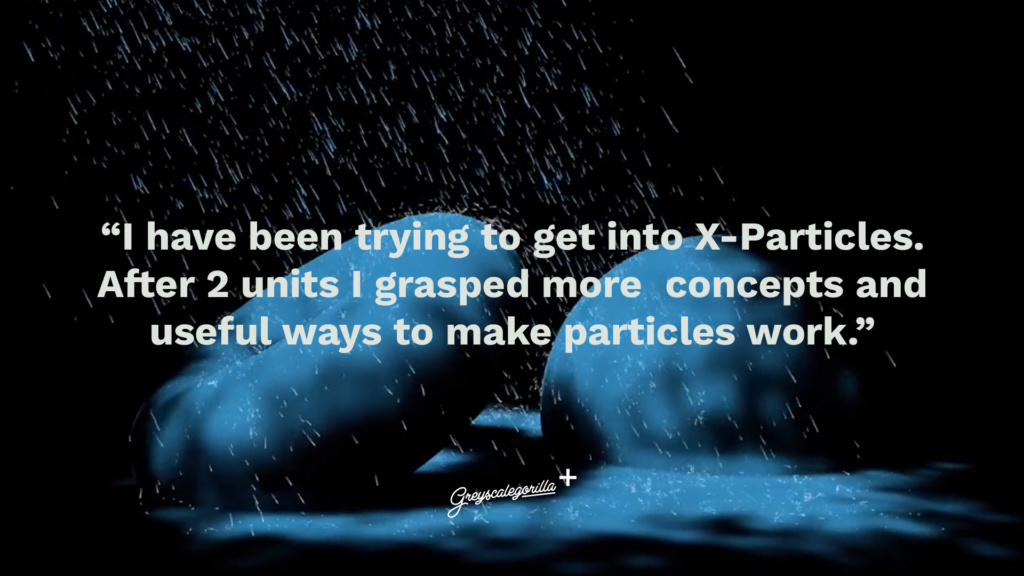
What do Greyscalegorilla Plus members love to watch and learn? Here are 10 of the most popular lessons.
Who better to share feedback on training than those who have already completed several pro training series in Greyscalegorilla Plus? We reached out to Plus members to tell us about some of the most popular lessons you should be streaming now.
Here are 10 of the most popular lessons that will help add valuable 3D tools and tricks to your workflow.
1. Create Dynamic Procedural MoGraph Animations
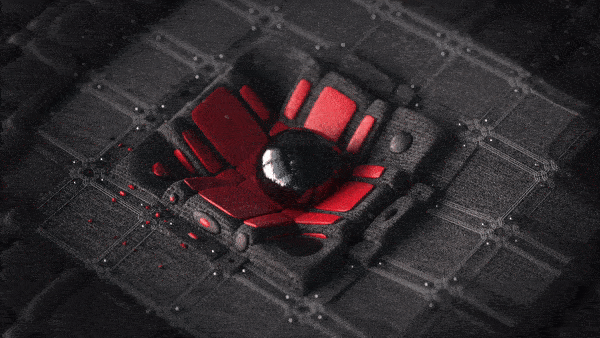
Training Series: Procedural Systems in Cinema 4D
Teacher: Zachary Corzine
Pro tip from this lesson
By using Fields to drive changes to your base system, you can dynamically affect Polygon Selections, Shader Changes, Deformers, and much more.
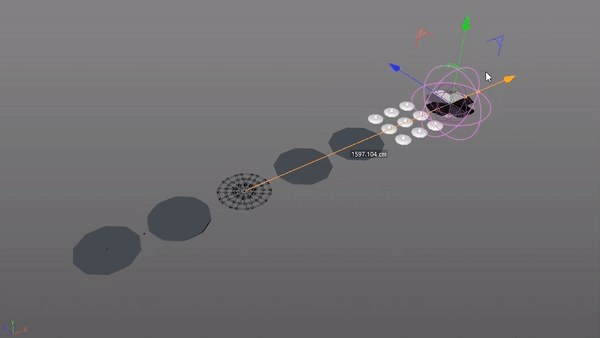
This lets you play around and quickly try out different setups without having to rebuild the system or make unnecessary changes.
Here’s what one of our members had to say about this training series…

2. Drill Holes in Plywood to Make a Pegboard

Training Series: Modern Surface Material Training
Teacher: Chad Ashley
Pro tip from this lesson
To create the drilled holes, you can use a Cinema 4D Boolean, but you will likely take a speed hit with your render times. A new faster option available for Arnold users is Clip-Geo.
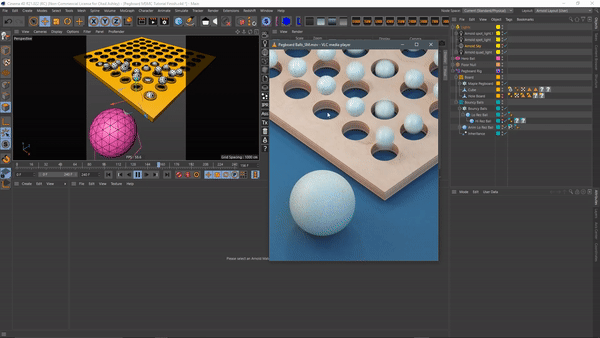
3. Make Beautiful Redshift Materials

Training Series: Guide to Redshift
Teacher: Trevor Kerr
Pro tip from this lesson
If you increase your IOR, your surface will look more metallic. Plastic values tend be be around 1.3, glass around 1.52.

Here’s what one of our members had to say about this training series…

4. Cinema 4D Fields Masterclass
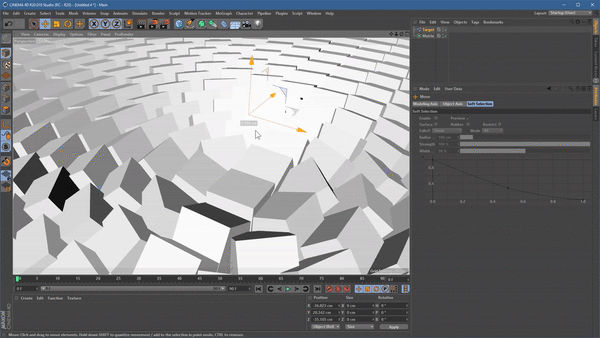
Training Series: Guide to Cinema 4D (R20)
Teacher: Matthew O’Neill
Pro tip from this lesson
Instead of using the traditional target to have objects follow, you can now use other objects as a target. For instance, you can use a spline as the target object
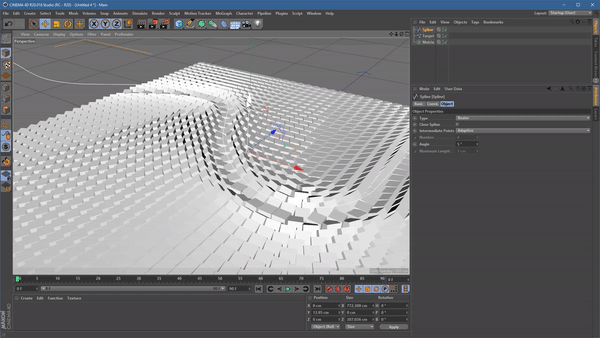
Here’s what one of our members had to say about this training series…
5. Make it Rain with X-Particles

Training Series: Guide to X-Particles
Teacher: Jon Bosley
Pro tip from this lesson
Rain is one of the easiest ways to introduce you to X-particles concepts. You’ll learn that the smaller the particles, the slower they fall from the xpEmitter.
Here’s what one of our members had to say about this training series…
6. Finally Learn How Houdini Works
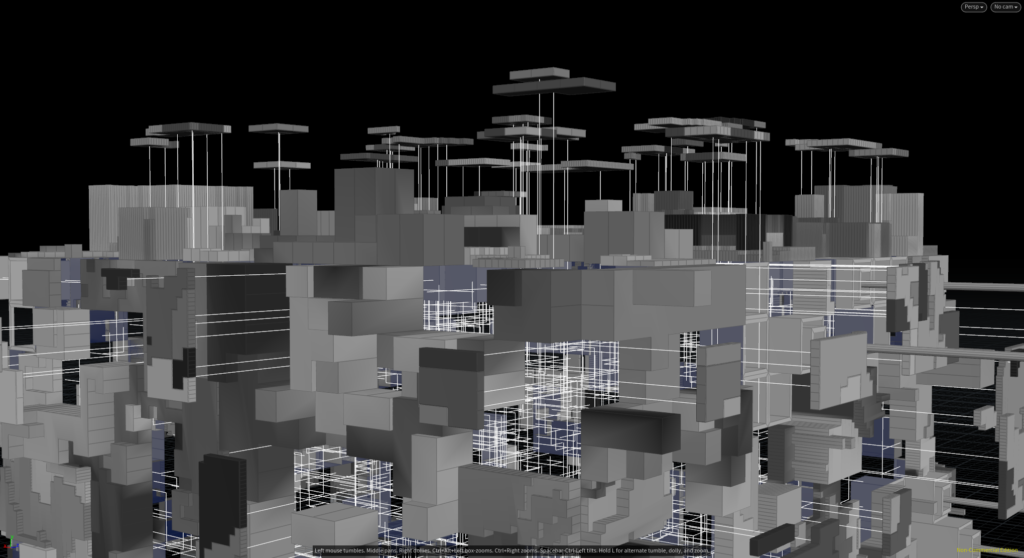
Training Series: Introduction to Houdini
Teacher: Russ Gautier
Pro tip from this lesson
Houdini is a great complimentary program to Cinema 4D, and solves problems differently. Once you learn how to create and manipulate data, the program is completely and totally open to you.
Here’s what one of our members had to say about this training series…

7. Push Your Polygon Count Higher Than Ever
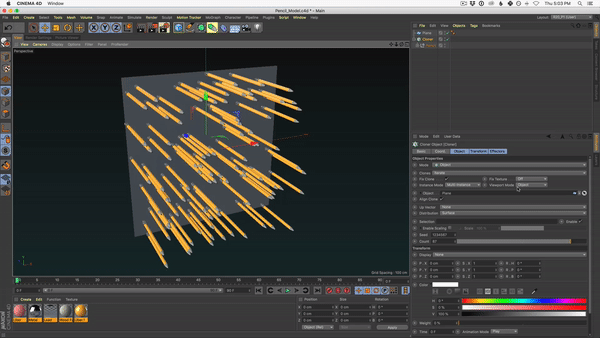
Training Series: Guide to Cinema 4D (R20)
Teacher: Nick Campbell
Pro tip from this lesson
In the past, you were limited to how many times you could clone things, based on polygon count. With Multi-Instance, you can crank the numbers way up!
Now instead of always seeing the geometry, you can change the Viewport Mode to a Bouding Box or Points. This allows you to keep working quickly without taking any speed hits while you make changes.
Here’s what one of our members had to say about this training series…

8. Give New Life to Thinking Particles with Field Force

Training Series: Guide to Cinema 4D (R21)
Teacher: Andy Needham
Pro tip from this lesson
By combining the Volume Builder and Field Force with a Matrix object, you can generate Thinking Particles natively in Cinema 4D.
Here’s what one of our members had to say about this training series…
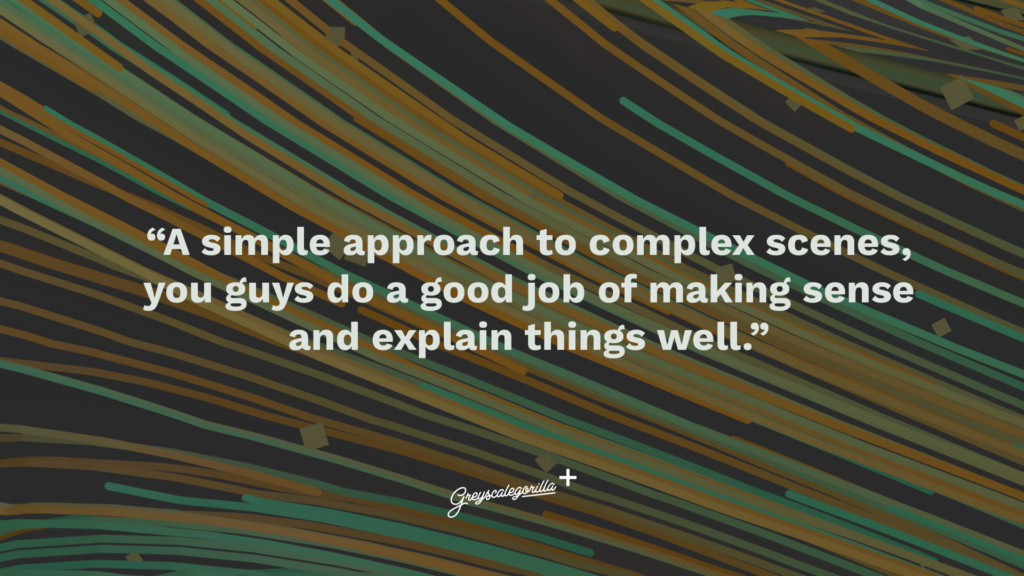
9. Learn to Color Like a Pro
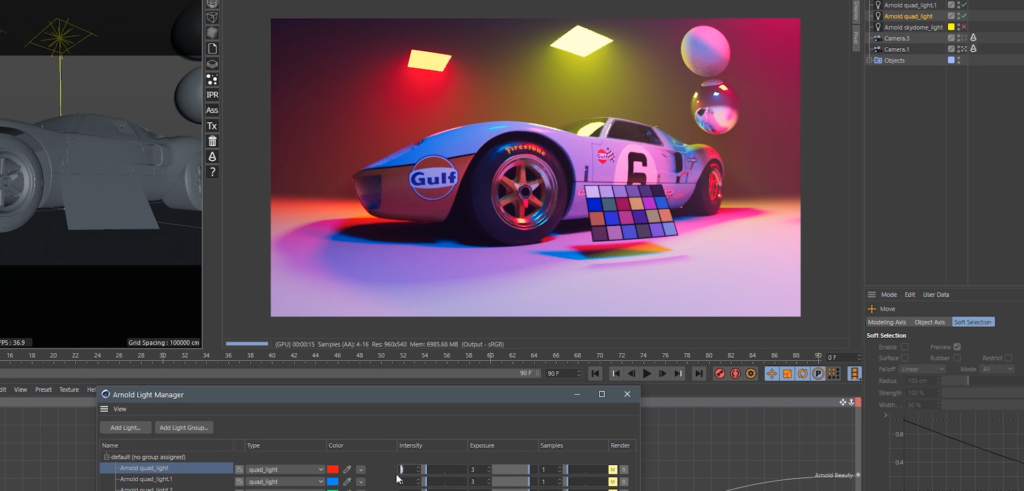
Training Series: Getting to Know ACES (Academy Color Encoding System)
Teacher: Chad Ashley
Pro tip from this lesson
ACES CG is a wide gamut color space that was designed specifically for doing 3D rendering. It is a broader color range, wider gamut than SRGB, meaning you can push your color and light intensity much, much further.
Here’s what one of our members had to say about this training series…

10. Design Amazing Arnold Shaders
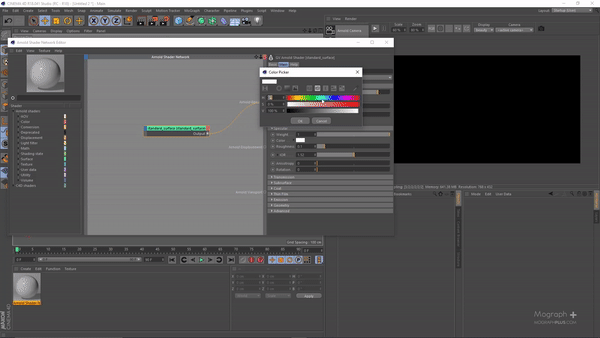
Training Series: Introduction to Arnold
Teacher: Kamel Khezri and Chad Ashley
Pro tip from this lesson
The Arnold Shader Network allows you to view, modify, and develop shaders. If you hit Alt+W and then type N, a new shader network will be created immediately.
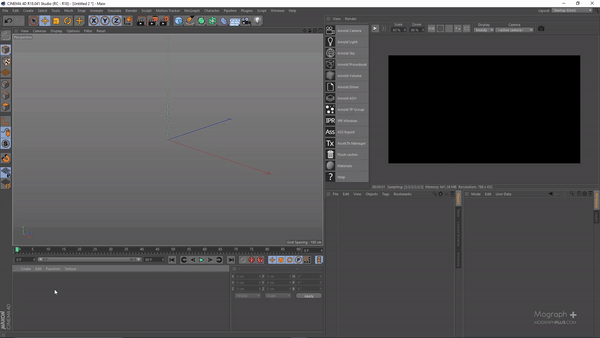
Here’s what one of our members had to say about this training series…
